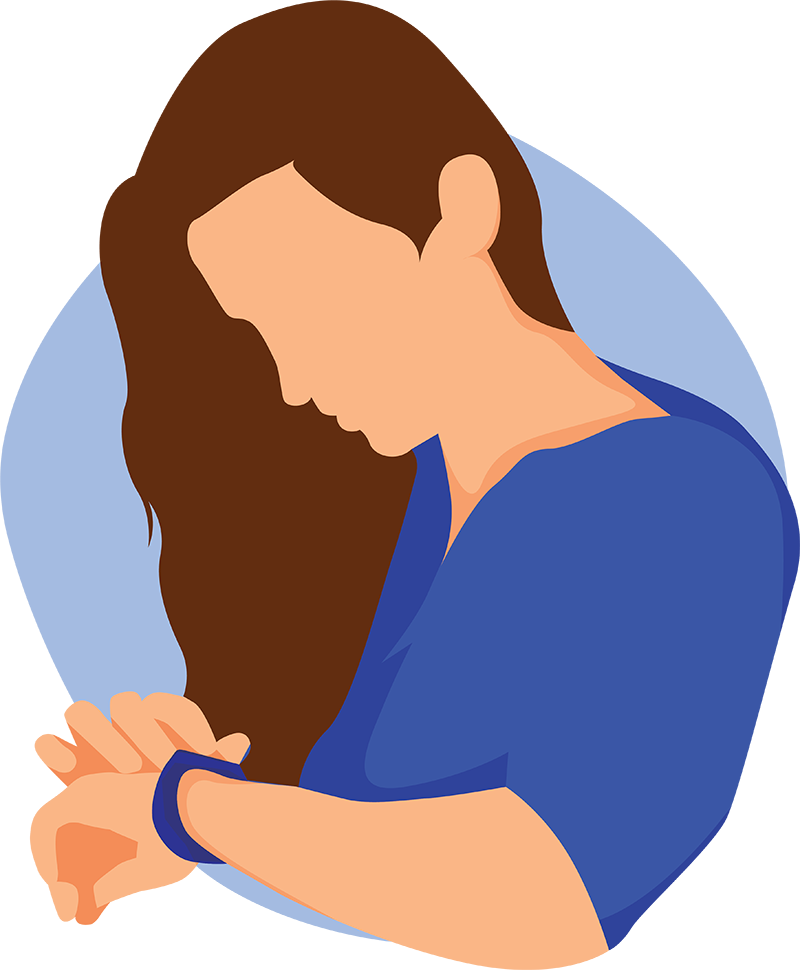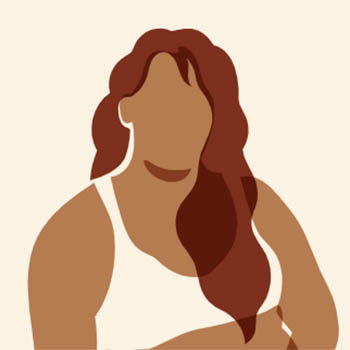Perimenopause And Menopause
Perimenopause and menopause present a whole new set of challenges in someone’s life. Hot flashes, sleep disturbances, and brain fog are tough enough, but did you know hormonal changes can also have an effect on your pelvic floor health? At Vitality we can work with you to help prevent symptoms or address symptoms already present and exacerbated by hormonal changes such as incontinence, pain, dryness, and weakness.

Can We Help?
What causes pelvic floor dysfunction with menopause
Hormonal changes can contribute to weakness in the pelvic floor, potentially causing or contributing to bladder/bowel leakage, prolapse, and pain with intercourse.

How does PT help?
At Vitality Pelvic Health you’ll work 1:1 with your physical therapist to develop a plan of care to restore strength and extensibility to the pelvic floor. Your treatment plan may include exercises for strengthening, manual therapy, postural strengthening, full body exercise, and referral for pessary or hormone therapy if appropriate.
How long will it take?
A typical plan of care depends on symptoms, but is typically 10-12 weeks long.

What the research shows

Strengthening exercises improve symptoms of menopause such as decreased bone density, increased heart rate, blood pressure, and hot flashes

Pelvic floor muscle training is more effective at treating incontinence in postmenopausal women than hormone therapy alone – it’s never too late to start, and if hormones are not appropriate, therapy can still be very helpful!

Pelvic floor strength is correlated with sexual satisfaction, orgasm, and sexual arousal in perimenopausal women.
Common complaints
Frequently Asked Questions
What are symptoms of menopause?
The first symptoms of perimenopause are often related to changes in progesterone – this can be missed periods, sleep changes, and mood swings.
From there, estrogen levels are typically the next to change, leading to vaginal dryness, decreased tissue extensibility, and more sleep/mood disturbance.
Lastly, a change in testosterone occurs in the postmenopausal phase. This hormone impacts sleep, bone density, sexual desire and pleasure, muscle mass, and energy.
How is menopause defined?
Menopause is defined as cessation of your menstrual cycle for 12 months.
When does menopause occur?
The average age of onset is 51. Some women may experience menopause in their 40s, however.
When does perimenopause occur?
Perimenopause begins 2-10 years before menopause.
How long does menopause last?
This also varies, but the average length is around 4 years.
What can I do about menopause?
There are many treatment options available from medication to lifestyle changes. Meeting with your medical team to understand the whole picture will help you make informed decisions about what interventions are appropriate for your unique situation. Since your physical health and performance is a huge part of menopause, we highly recommend checking in with PT!
Get To Know Our Pelvic Health Team...

Tristen Swengle

Nikki Randolph

Kally Owen
Testimonials
What Clients Are Saying

I have been coming to Vitality Pelvic Health for several weeks. I was looking for options to help strengthen my pelvic floor following an injury during childbirth and just aging in general. I am 44 years old, and my youngest child is 13, but Tristan explained that we are always in that postpartum phase. Tristan is extremely knowledgeable and so incredibly thorough! I’ve never met anyone who knows so much about pelvic dysfunction and ways to combat it. She’s created a strengthening program for me that I can continue to use long after my sessions are completed. I highly recommend her to any woman seeking help in this area. You will not regret it!

Dr. Nikki is truly amazing. I came to her a year and half after having my baby because I felt like something was off and that I was still not fully recovered. She gave me a whole toolbox of movements and practices to get myself back together and feel confident that my body could safely pick up my growing daughter. She figured out exactly what I needed to do, and gave me a realistic plan all while being so kind and patient. I could not recommend her more to any new moms or moms to be (or really anyone struggling with functional movement).


